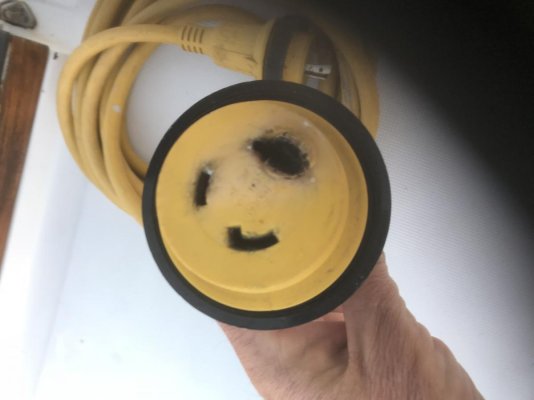KEVMAR
Senior Member
My boat has only one 30 amp receptacle. At One point a ac unit was installed .. I am thinking of running a separate 30 amp receptacle for just the ac .. is this a job I can do my self or should I hire an electrician?? The ac unit has its own delicated fuse box .. just wire the ac fuse box to the new receptacle.,.would seem like an easy job ???? Thank your

